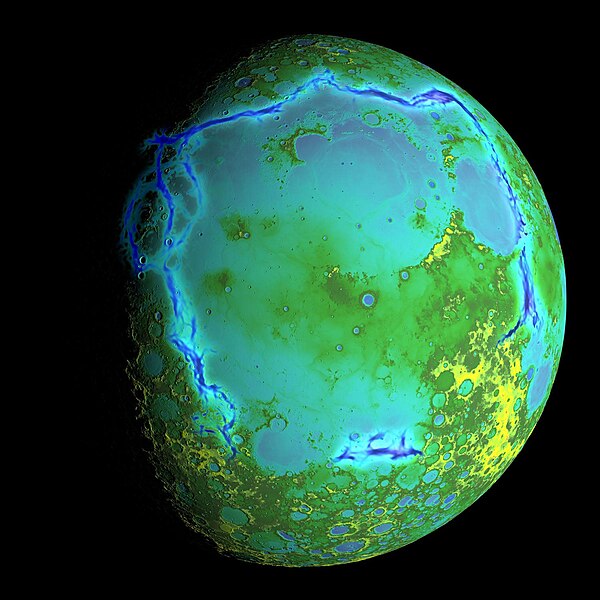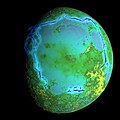Податотека:PIA18822-LunarGrailMission-OceanusProcellarum-Rifts-Overall-20141001.jpg

Големина на овој преглед: 600 × 600 пиксели. Други разделности: 240 × 240 пиксели | 480 × 480 пиксели | 768 × 768 пиксели | 1.024 × 1.024 пиксели | 1.500 × 1.500 пиксели.
Изворна податотека (1.500 × 1.500 пиксели, големина: 199 КБ, MIME-тип: image/jpeg)
Историја на податотеката
Стиснете на датум/време за да ја видите податотеката како изгледала тогаш.
| Датум/време | Минијатура | Димензии | Корисник | Коментар | |
|---|---|---|---|---|---|
| тековна | 03:30, 5 октомври 2014 |  | 1.500 × 1.500 (199 КБ) | Drbogdan | User created page with UploadWizard |
Употреба на податотеката
Податотекава се користи во следнава страница:
Глобална употреба на податотеката
Оваа податотека ја користат и следниве викија:
- Употреба на ar.wiki.x.io
- Употреба на bn.wiki.x.io
- Употреба на ca.wiki.x.io
- Употреба на de.wiki.x.io
- Употреба на en.wiki.x.io
- Употреба на es.wiki.x.io
- Употреба на fa.wiki.x.io
- Употреба на fr.wiki.x.io
- Употреба на hy.wiki.x.io
- Употреба на id.wiki.x.io
- Употреба на ko.wiki.x.io
- Употреба на mnw.wiki.x.io
- Употреба на pt.wiki.x.io
- Употреба на ro.wiki.x.io
- Употреба на sl.wiki.x.io
- Употреба на ta.wiki.x.io
- Употреба на test.wiki.x.io
- Употреба на tr.wiki.x.io
- Употреба на uk.wiki.x.io
- Употреба на vi.wiki.x.io
- Употреба на zh.wiki.x.io
Погледајте ја останатата глобална употреба на податотекава.

